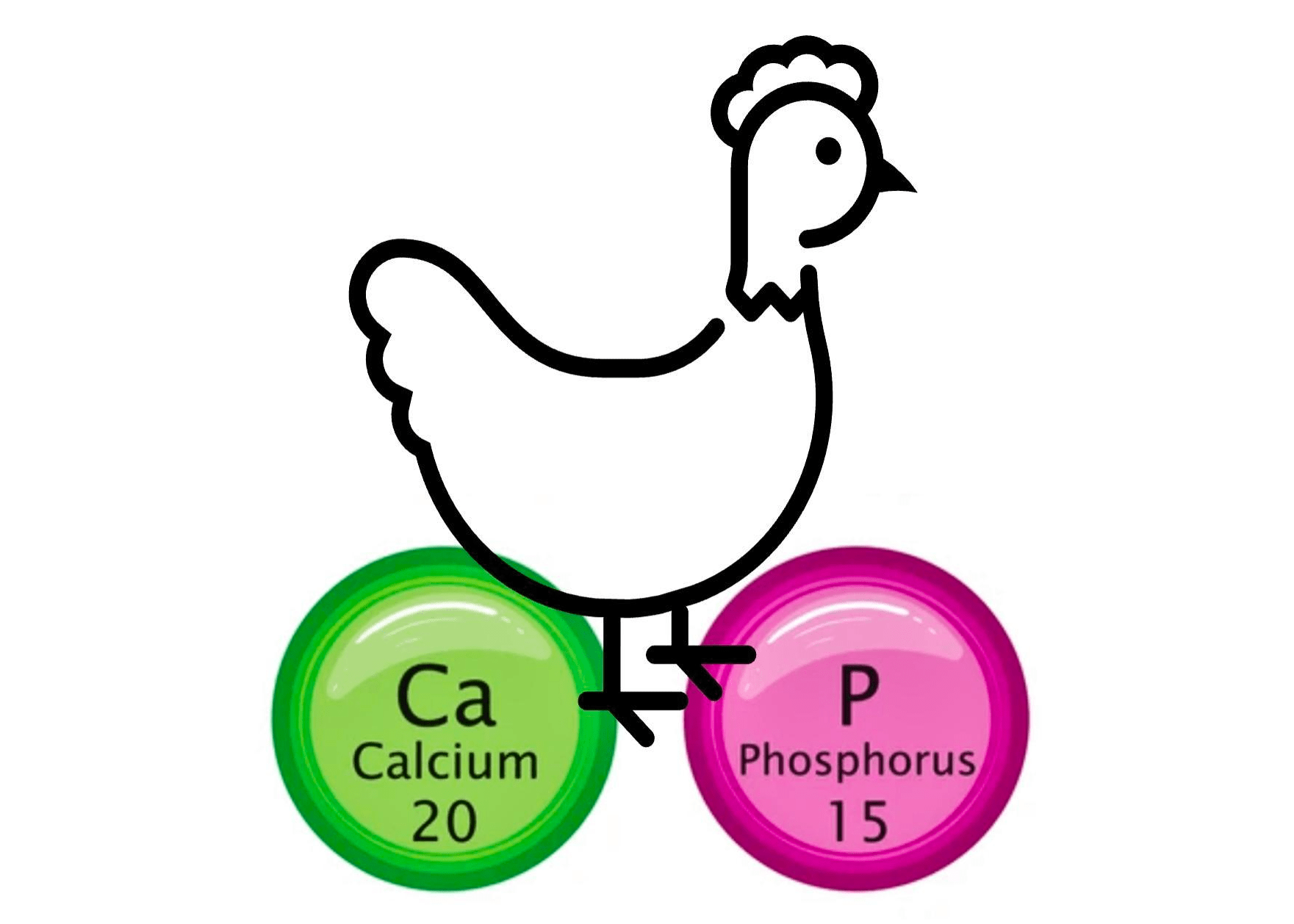
Digestible Calcium and Phosphorus System in Poultry Feed Formulation
Summary:
Phosphorus (P) is a critical nutrient for animals and the inclusion of adequate amounts of P in the diet is necessary for normal skeletal development, growth, and health. It is the second most abundant mineral in the animal body and about 80% of P is found in bones and teeth. In recent years, there are growing concerns about P excretion from intensive animal operations into the environment. The major reason for the excretion of P from intensive animal operations is the inability of monogastric animals to fully digest and utilize the P bound in phytic acid, which represents the major portion of P contained in feed ingredients of plant origin. The other important contributing factor is the practice in the feed industry to provide an additional amount of P in the diet as a safety margin. The provision of a safety margin is considered necessary due to the uncertainty about the (i) true P requirement for various classes of poultry, (ii) P concentrations in raw materials, and (iii) availability of P from various sources. More importantly, there is confusion regarding the terminology used to describe available P (e.g. available P, non-phytate P, retainable P) in feed ingredients. It is accepted that the use of a well-defined criterion for P availability will ensure greater efficiency of utilization of dietary P and reduce the excretion of P into the environment. Of the various possibilities, the measurement of digestible P may be the preferable method to assess P availability for poultry.
Calcium (Ca) is a macro-mineral that is essential for the growth and health of animals. Calcium not only plays a major role in building up the skeletal system but also contributes to an array of physiological functions. In poultry diets, Ca is supplied by means of inorganic Ca sources as well as feed ingredients. However, the Ca content of feed ingredients of plant origin is very low compared to inorganic Ca sources, and, therefore, inorganic Ca supplements are included to meet the Ca requirements. Limestone, monocalcium phosphate (MCP) and dicalcium phosphate (DCP) are the commonly used Ca sources, but limestone, with 380 g/kg Ca, is the major supplement. In the past, the measurement of Ca digestibility in poultry has received no attention because limestone is cheap and not economically important. Historically, the Ca and P requirements of poultry have been reported on a total basis. Over time, the P requirement was changed to available or non-phytate P, but the basis of the Ca requirement remained unchanged as total Ca. In recent years, digestible P has been suggested as the preferred term to express P availability in feed ingredients and the poultry industry is currently moving towards a digestible P system. Calcium and P are closely associated with each other in terms of digestion and post-absorptive metabolism and a total Ca to available P ratio of 2:1 is maintained in broiler diets. The shift to a digestible P system may result in the oversupply of Ca. Thus, there is an urgent need to determine digestible Ca values for feed ingredients in order to develop an appropriate digestible Ca to digestible P ratio for poultry.
Instructor Bio
Dr. Reza Abdollahi
Massey University, Palmerston North, New Zealand
Reza currently works as an Associate Professor in Poultry Nutrition for Monogastric Research Centre, Massey University. He was awarded his PhD in 2011 on the influence of feed processing on the performance, nutrient utilisation and gut development of poultry. He has published in top ranking Animal Science Journals and already has over 180 scientific communications, including 70 peer-reviewed articles and two book chapters, to his credit. As an invited speaker, Reza has presented his work in a number of international conferences such as European Poultry Conference (EPC, 2014), European Symposium on Poultry Nutrition (ESPN, 2017), International Broiler Nutritionists’ Conference (2014, 2017), Asia-Pacific Poultry Conference (2018), Australian Poultry Science Symposium (APSS, 2019), First International Feed Technology Conference (IFTC, 2019) and many international industry workshops and conferences. Reza’s current interest is poultry nutrition focusing on feed processing, feed evaluation and nutrient utilisation.


